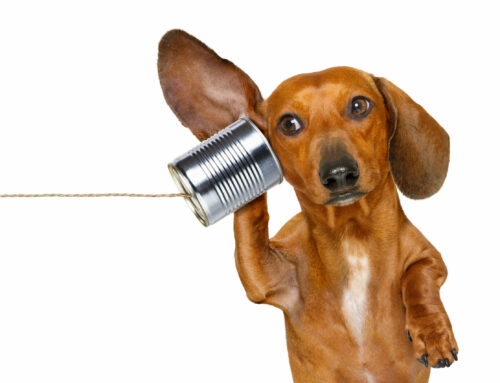As you edit or polish your email messages, are you looking specifically at elements that will boost the sell?
We are constantly testing email messages for clients, and we continue to see that using these 5 improvement strategies seems to boost sales and click-through:
1. The key words in your Subject Lines need to be close to the beginning
The first few words of your Subject Lines are critical – because only 25-30 characters appear on most mobile phones.
Are your Subject Lines littered with words you don’t need? Do you lead with too many generic words?
Here are 3 Subject Lines for an educational presentation. The bold Italics shows how short 30 characters really is – and how much of the key message could be invisible on a mobile phone:
- Are You Ready to Boost Your Website Conversion in 2023?
- Lunch & Learn: Boost Website Conversion with UX Testing
- Last Day – Register Now! Testing Tips to Boost Website Conversion
In the first Subject Line, the key words “Website Conversion” wouldn’t even appear on a phone. In the second Subject Line, is “Lunch & Learn” more important than getting “Website Conversion” at the front? And the last one doesn’t include any important keywords in the first 30 characters at all. And we wonder why email results continue to decline . . .
Start focusing on getting the most important keywords right at the beginning of your Subject Lines.
2. Are the first words in the email exactly what you’d say to me face-to-face?
“Start concrete planning for better results in 2023 — armed with the knowledge of how to conduct UX testing (without guessing) and boost your leads and sales conversion.”
That’s probably not what I’d say to get you interested in this session, if I was talking to you face-to-face or by phone. You can tell by reading it out loud – I’d probably never say, “Hey Bill, you could start concrete planning . . .” “Concrete planning” isn’t likely a problem Bill is having. And the word “concrete” doesn’t paint a picture in Bill’s mind. Further, how many marketers immediately understand what “UX” means?
I’d probably say something more like:
“How’s your website converting your traffic right now? Have you been able to improve your conversion this year? Why not spend a lunch hour learning how to test your website – and stop guessing what might improve results?”
Taking a more one-on-one personal approach frequently works better. And addressing a key problem and then offering a solution can help draw in your reader.
3. Is the email copy exactly the way you’d say it face-to-face or over the phone?
Read your copy out loud. If it doesn’t sound like the way you’d say it, it needs editing.
Some of the most common problems you’ll discover by reading it out loud:
- Stiff writing that doesn’t sound like anything you’d say (for example, don’t be afraid to use contractions. “It is” is too stiff.)
- Sentences that are too long – and don’t give the reader a place for a “comprehension breath”
- Long paragraphs that hide key points — and need to be broken up
- Benefits that don’t stand out (hint: if it’s at the end of a sentence or paragraph, it’s hidden to the scanning reader)
- Unique reasons to click (or do business with you) that are missing
4. Is it crystal clear to the scanning reader why to click (to learn more, sign up, or buy)?
You’ve introduced the problem — and emphathized with your target audience to show your understanding of their situation. Then, you introduce your solution.
Now, you build credibility for your solution, by briefly illustrating its unique (got-to-have-them, no one else offers this combination of) benefits.
Now, prove why you’re the best company to deliver it.
Be sure to deliver the “why should you click now” story – special offer, limited time, “every day that you delay . . .” If you can’t get the reader to click the first time they view your email, you may not get a second chance.
It should be clear from a quick scan of your email why I should click to learn more. If the key benefits don’t stand out, it’s time to edit and polish until they do.
5. Is your email overly formatted and templated?
All of those email templates you’re probably using are likely affecting deliverability. If you make some simple changes in the copy, you may improve your results.
As a copywriter, I like bolds, italics, bullets, and numbered lists. But, all of those elements in an email scream that it’s not a personal email.
You’ve likely noticed that those who do a lot of email testing have moved away from email templates and stylized text. The most effective emails seem to be mostly text emails, with “paragraphs” of a sentence each (maybe two).
It’s easier to read for the recipient. It seems more engaging. And it looks less like spam to those spam filters.
(If you are selling products that are sold visually – like jewelry, clothing, furniture, artwork, home décor, etc. – you will still need images.)
The next time you’re reviewing a email you think is “ready to go”, take one last look at these 5 elements to help boost the sell.
Need more help with your email copy and content? Our new BEST-SELLING book, “The Results Obsession: ROI-Focused Digital Strategies to Transform Your Marketing” is now available on Amazon!

Learn more about The Results Obsession and see the Table of Contents
The book includes 3 chapters on copy strategy, writing specific elements like headlines, and making every word as strong as it can be.
There’s also a chapter on email strategy and writing email copy.





Leave A Comment